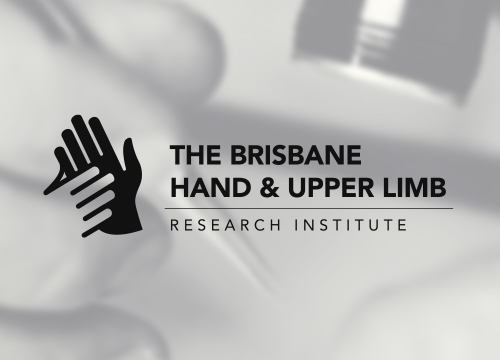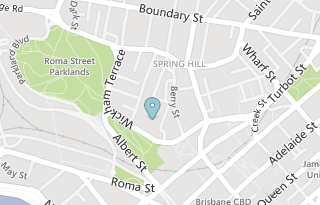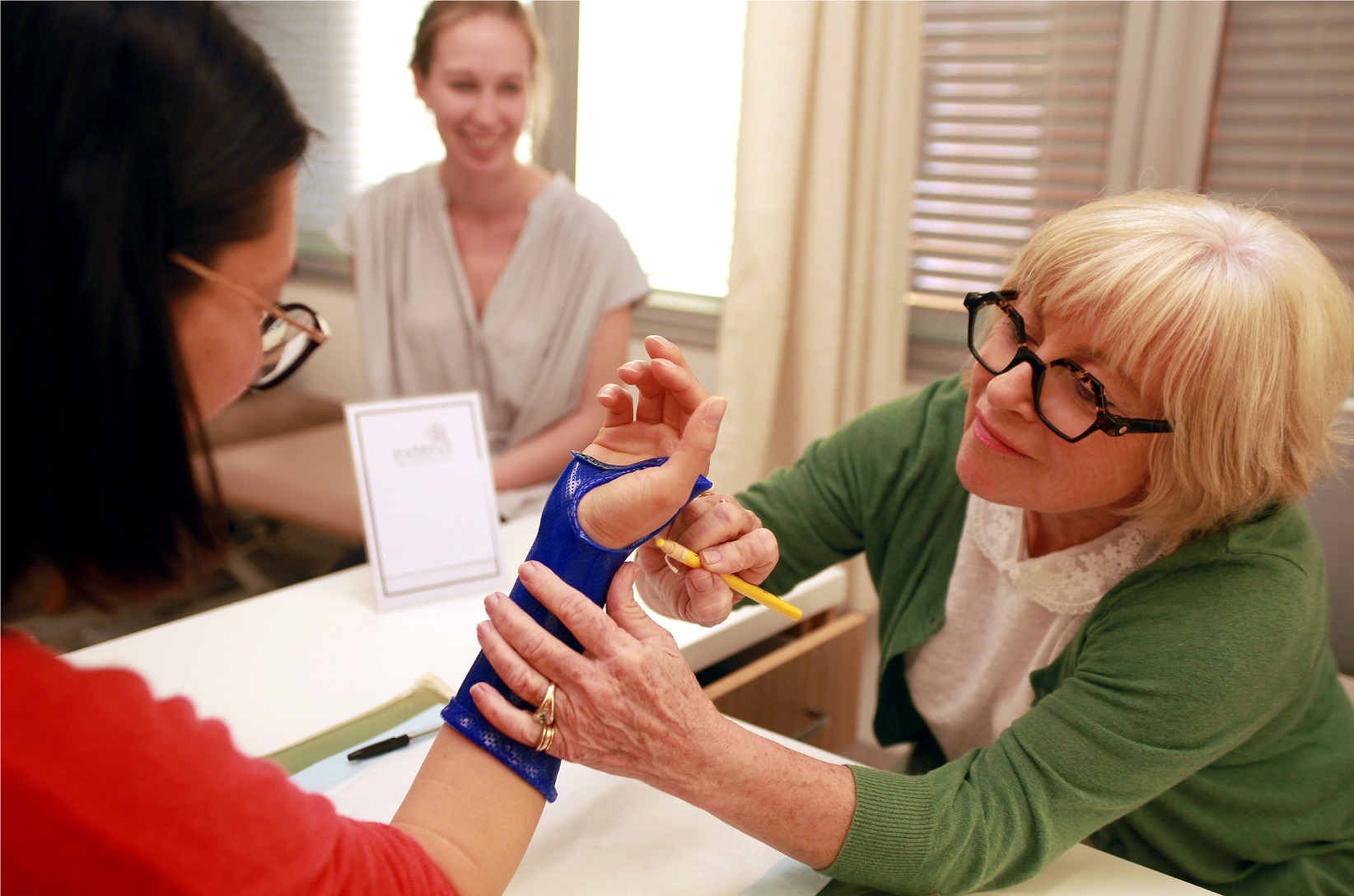Greg Couzens, John Mills, Brad Gilpin
Central screw placement within the proximal pole of the scaphoid in non-displaced and minimally displaced scaphoid fractures has been correlated to improved biomechanical and clinical outcomes. Achieving this is challenging due to the complex anatomical shape of the scaphoid and the limitations of conventional imaging modalities. The use of navigation to guide screw placement intra-operatively has the potential to facilitate accurate central screw placement whilst also reducing the technical demands of existing surgical techniques. Recent literature has begun to explore the feasibility of using a navigation system intra-operatively to guide screw placement within fractured scaphoids. However, these studies have been limited in their design and selection of operative approach.
The purpose of this study was to develop and demonstrate the effectiveness of a simplified technique for navigated central screw placement in fractured scaphoids utilising ultra low dose computed tomography (CT). The hypothesise was that use of a navigation system with pre-operative ultra low dose CT imaging and a dorsal percutaneous operative technique would result in accurate and reproducible central screw placement.
This study was presented as a Poster at the American Hand Surgery Society Meeting in 2013.




